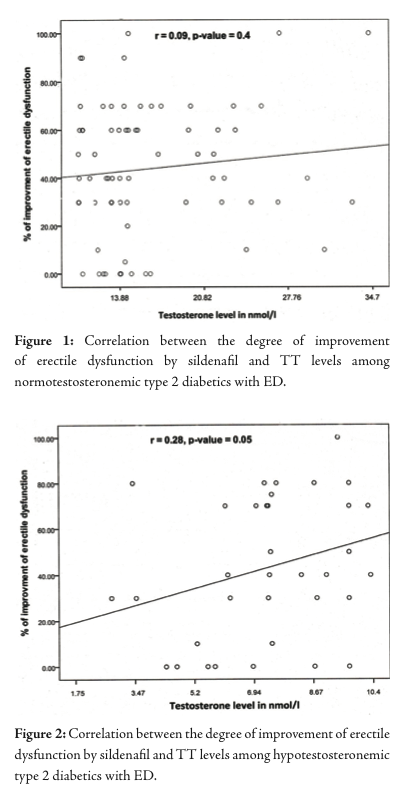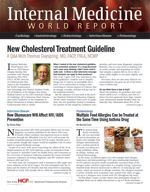Publication
Article
Internal Medicine World Report
Testosterone Levels Tied to Sildenafil's Success in Diabetics With Hypogonadism
Author(s):
Similar to its effect in non-diabetic patients with low testosterone, sildenafil citrate correlates with improvements in testosterone levels and erectile function among hypogonadal men with type 2 diabetes mellitus.

Similar to its effect in non-diabetic patients with low testosterone (low T), the phosphodiesterase-5 (PDE-5) inhibitor sildenafil citrate correlates with improvements in testosterone levels and erectile function among hypogonadal men with type 2 diabetes mellitus (T2DM), according to a study published in the January 2014 issue of the Oman Medical Journal.
For their cross-sectional and prospective comparative interventional study, 3 researchers from the Nineveh College of Medicine at the University of Mosul in Iraq evaluated 120 type 2 diabetic males aged between 35-60 years with erectile dysfunction (ED) in regard to “age, duration of diabetes, duration and severity of ED, serum total testosterone (TT) levels, and the degree of response to sildenafil citrate in terms of testosterone levels.”
Of those enrolled subjects with T2DM and ED, 36% were diagnosed with hypogonadism defined as a TT level of ≤10 nmol/L, while the remaining participants were normotesteronemic.
In addition to similar mean age, diabetes duration, ED severity, and reduction in libido and erectile power between the 2 participant groups, the rate of response to sildenafil and improvement in erectile function with treatment were statistically close among the hypogonadal and normotestosteronemic diabetics. However, the authors found “the degree of improvement in erection by sildenafil was significantly correlated to the levels of TT among the hypotestosteronemics, but not among the normotestosteronemics” (Figure 1, 2).

Thus, the researchers concluded the “degree of improvement in ED by sildenafil (is) directly proportional to the serum testosterone levels” in type 2 diabetics with hypogonadism — a correlation they said “dictates that therapeutic optimization of serum testosterone levels of a diabetic subject with ED is a reasonable action to ameliorate his impotence.”






